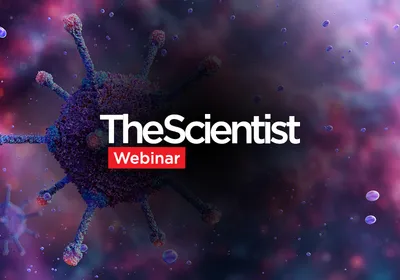ABOVE: © ISTOCK.COM, FATIDO
As the COVID-19 pandemic spread around the globe early in the spring of 2020, researchers began investigating how air pollution, which has been known for decades to have deleterious effects on human health, could be affecting this respiratory disease. Inspired by the work of a group of researchers in the US who reported in April that high levels of air pollution correlated to a higher risk of dying from COVID-19, Jos Lelieveld, an atmospheric chemist at the Max Planck Institute for Chemistry, and others widened their scope, looking at more areas of the world.
The danger of pollution to respiratory health comes from tiny emissions particles that are inhaled. Fine particulate matter is defined as anything smaller than 2.5 micrometers (PM2.5). The smaller the particles, the further down the respiratory system they can get, causing big problems by way of oxidative stress and an exuberant inflammatory ...



















